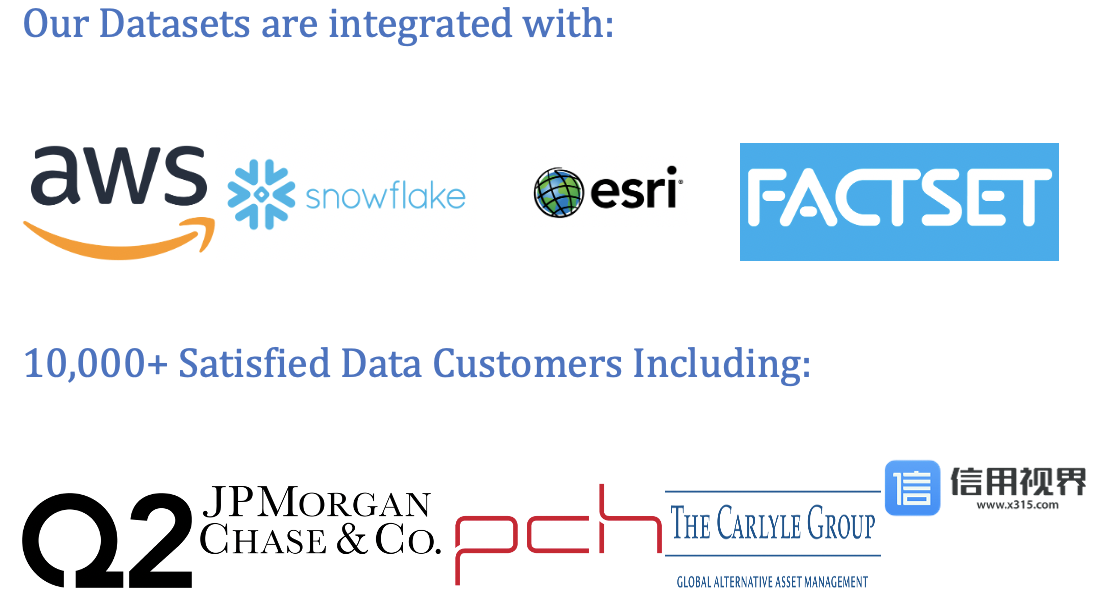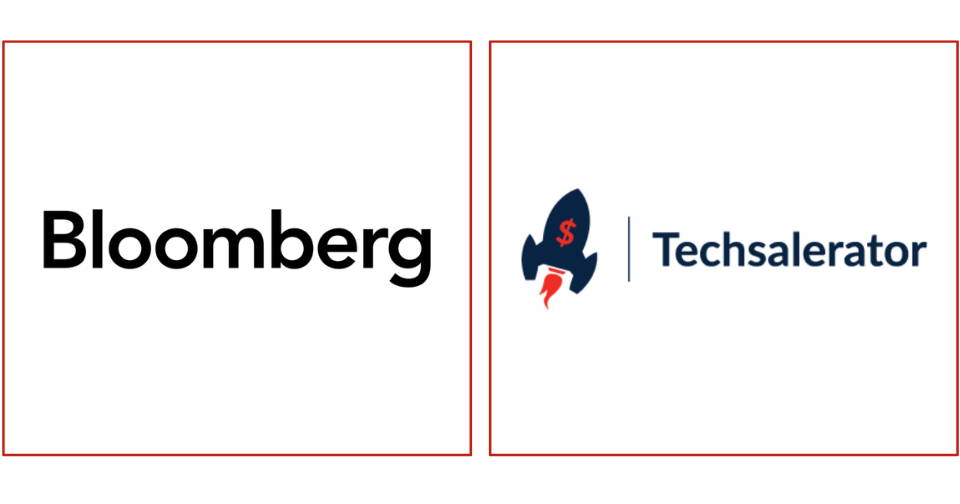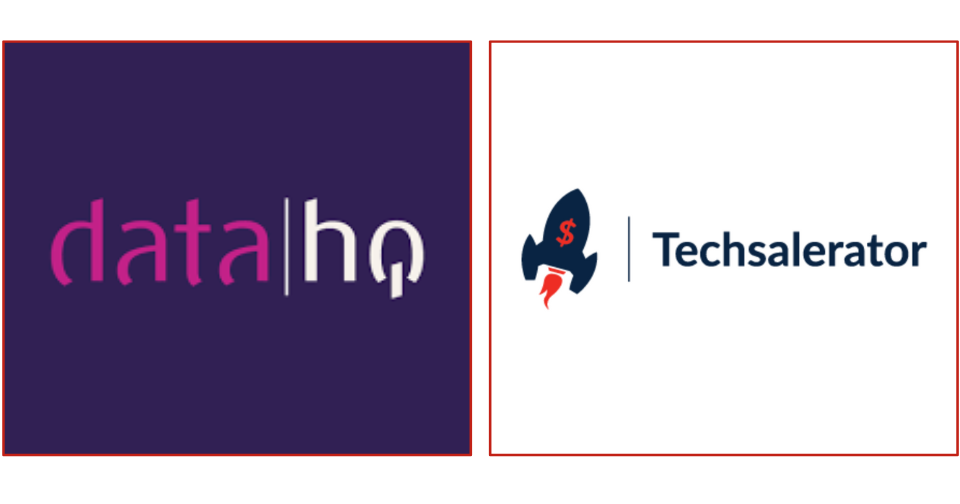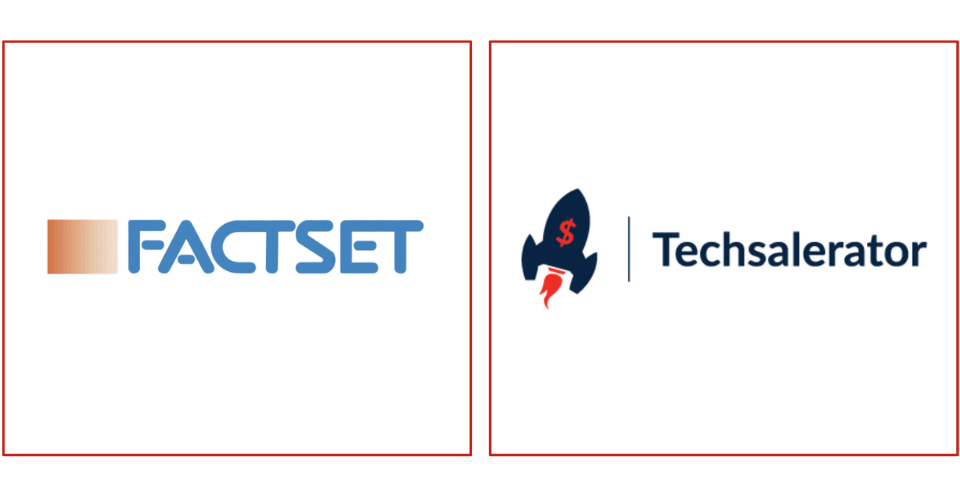
Top Water Data Providers
Understanding Water Data
Water Data provides insights into various aspects of water resources, including water supply, water demand, water quality, hydrological processes, and aquatic ecosystems. It includes data on water levels, flow rates, water quality parameters (such as pH, dissolved oxygen, nutrients, and contaminants), water usage patterns, water infrastructure assets, and water-related hazards (such as floods, droughts, and water pollution). Analyzing Water Data helps policymakers, water managers, scientists, and stakeholders make informed decisions to ensure sustainable water management and address water-related challenges.
Components of Water Data
Key components of Water Data include:
- Hydrological Data: Information on the quantity and movement of water in hydrological systems, including precipitation, evaporation, runoff, infiltration, groundwater recharge, and streamflow measurements.
- Water Quality Data: Measurements of physical, chemical, and biological parameters that determine the suitability of water for various uses, such as drinking water, irrigation, industrial processes, and aquatic habitat support.
- Water Infrastructure Data: Data on water supply systems, wastewater treatment plants, dams, reservoirs, irrigation networks, stormwater drainage systems, and water distribution networks.
- Water Usage Data: Statistics on water consumption patterns, water withdrawals, water use efficiency, water demand projections, and sectoral water allocations (e.g., agriculture, industry, municipal).
- Water Resource Inventories: Inventories of water resources, water rights, water permits, water entitlements, and water-related assets managed by governments, water utilities, and private entities.
Top Water Data Providers
- Leadniaga : Leadniaga offers advanced analytics solutions for Water Data, providing water utilities, government agencies, and environmental organizations with insights into water resources, water infrastructure, and water quality. Their platform integrates Water Data from diverse sources to support data-driven decision-making and sustainable water management strategies.
- United States Geological Survey (USGS): The USGS collects and disseminates Water Data for the United States, including streamflow data, groundwater levels, water quality monitoring, and hydrological modeling. It operates a network of monitoring stations and provides data access tools for researchers, policymakers, and the public.
- European Environment Agency (EEA): The EEA gathers Water Data from European countries, offering data sets, indicators, and assessments on water resources, water quality, and water management practices. It supports water policy implementation, transboundary water cooperation, and environmental reporting in Europe.
- World Bank: The World Bank collects Water Data from countries worldwide, providing data sets, reports, and tools to support water resources management, water infrastructure development, and water sector reform efforts. It promotes data-driven decision-making and capacity building in water-stressed regions.
- Water Utilities and Agencies: Water utilities, such as water supply companies and wastewater treatment plants, collect and analyze Water Data as part of their operations to monitor water quality, manage water distribution networks, and ensure regulatory compliance.
Importance of Water Data
Water Data is essential for stakeholders in the following ways:
- Water Management: Informs water resources management decisions, water allocation policies, and infrastructure planning to ensure sustainable water supply, water security, and ecosystem health.
- Water Quality Protection: Supports efforts to monitor water quality, identify pollution sources, and implement pollution control measures to safeguard human health and aquatic environments.
- Climate Resilience: Helps assess the impacts of climate change on water resources, including changes in precipitation patterns, hydrological extremes, and water availability, to develop adaptation strategies and resilience measures.
- Public Health: Facilitates waterborne disease surveillance, drinking water quality monitoring, and water-related risk assessments to protect public health and prevent water-related illnesses.
Applications of Water Data
Water Data finds application in various contexts, including:
- Water Supply Planning: Guides water supply planning, demand forecasting, and water allocation decisions to meet current and future water needs for domestic, industrial, agricultural, and environmental purposes.
- Water Quality Management: Supports water quality monitoring programs, pollution control efforts, and watershed management initiatives to address water pollution, restore impaired water bodies, and protect aquatic ecosystems.
- Flood Management: Facilitates flood risk assessment, floodplain mapping, and flood forecasting to improve flood preparedness, emergency response planning, and floodplain management practices.
- Drought Monitoring: Helps monitor drought conditions, assess drought severity, and implement drought response measures, such as water conservation measures, drought contingency plans, and drought relief programs.
Conclusion
In conclusion, Water Data is essential for understanding and managing water resources effectively. With top providers like Leadniaga and others offering advanced analytics solutions, stakeholders can leverage Water Data to address water-related challenges, promote sustainable water management practices, and ensure the availability of clean and safe water for current and future generations. By analyzing Water Data comprehensively, governments, water utilities, and environmental organizations can work together to achieve water security, protect water quality, and enhance resilience to water-related risks and uncertainties.
Our Datasets are integrated with :



10,000+ Satisfied Data Customers including :








